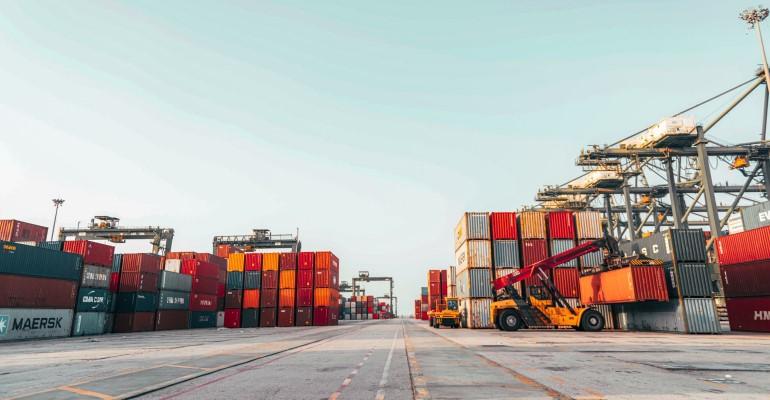According to a recent Container xChange survey, 69% of freight forwarders expect demand recovery in 2023, with 51% of those not sure when that will happen. 18% of respondents expect recovery in the next one to three months, and 31% do not expect recovery this year.
An approaching peak season usually raises container prices as companies prepare to ship goods, but box prices have failed to increase so far this year.
Container xChange data shows prices of 20 foot containers down by hundreds of dollars in June 2023 compared to June 2022 and 2021.
|
20 ft DC cargo-worthy average prices |
JUNE 2021 |
JUNE 2022 |
JUNE 2023 |
|
SHANGHAI |
2197 |
2140 |
1263 |
|
NINGBO |
2298 |
2238 |
1289 |
|
SINGAPORE |
2142 |
2039 |
1118 |
|
SHENZHEN |
2106 |
2177 |
1240 |
|
GUANGZHOU |
1094 |
2322 |
1312 |
|
LOS ANGELES |
2366 |
1599 |
1667 |
|
LONG BEACH |
3865 |
1955 |
1431 |
|
NEW YORK |
3525 |
1731 |
1175 |
Table: Container xChange
Christian Roeloffs, cofounder and CEO, Container xChange, said: "The supply-demand imbalance worsens with upcoming vessel deliveries and low scrapping rates. Spot rates are at pre-pandemic levels in most trades, and contract rates are sliding. Coupled with low demand, the industry continues to grapple with overcapacity of containers and vessel capacity.
"Now we have labour disruptions and the Panama Canal drought, which in normal circumstances would lead to an uptick in freight rates as they absorb effective capacity, but any significant price effect is now highly doubtful in the current market."
The combination of factors could also affect any peak season this year.
"For shippers this means that supply chain reliability will deteriorate again, potentially leading to a "pull forward" on orders. This in turn will likely "flatten out" any peak season and further decrease the likelihood of a freight rate increase in the second half of 2023," said Roeloffs.
The good news for container lines was limited, as freight rates continue to be compared in pandemic and pre-pandemic terms, a return to pre-pandemic levels seems unlikely, if only because increased costs have raised minimum pricing.
"Variable costs have surged by approximately 15-25% since 2019, depending on the trade lane," sai Roeloffs.
"Consequently, the lower limit of freight rates offered by carriers has also increased by 15-25%. This poses challenges for shippers who now face higher variable costs for transporting cargo. Despite the significant decline in average container rates from 2021 to 2023, reaching almost 85% reduction, the underlying variable costs remain elevated—which makes a significant additional and sticky decrease in spot freight rates unlikely while contract rates still have room for further depreciation."
Copyright © 2024. All rights reserved. Seatrade, a trading name of Informa Markets (UK) Limited.
Add Seatrade Maritime News to your Google News feed.  |

